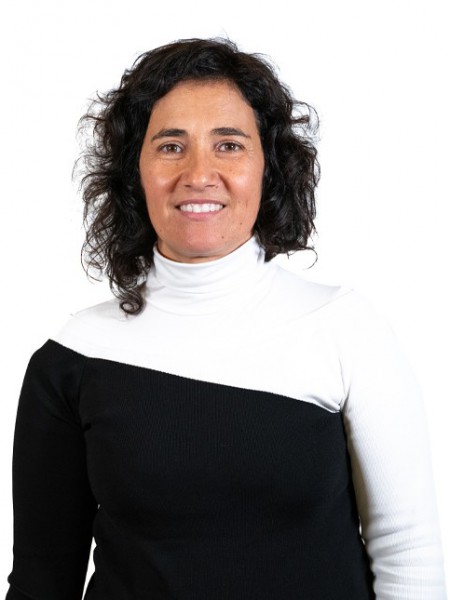abstract
This research describes the synthesis and characterization of a periodic mesoporous organosilica (PMO) with low thiol density, and its efficiency to trap Hg(II) from waters under realistic environmental conditions. Despite the low density of SH groups grafted to the silanol groups of the pristine PMO, the functionalized material displays effective (92%) and rapid (5 min) extraction of Hg(II) from ultra-pure water. The complete extraction (98%) was achieved in 15 min. The kinetic sorption is well fitted by the pseudo second-order kinetic model (R-2 ranged from 0.994 to 1.000), suggesting a chemisorption mechanism, under the experimental conditions tested. The maximum sorption capacity is not limited to the number of the sulfur coordination sites, and multi-layer and physical adsorption may occur for high Hg(II) concentrations. In the range of experimental conditions used, the mathematical function that better describes the equilibrium data is given by the Freundlich model (R-2 = 0.969). It is also demonstrated that the PMO with low sulfur density keeps its high efficiency for Hg(II) in spiked natural waters, of different chemical composition and salinity, as a proof-of-concept for its potential application in water treatment systems to remove Hg(II). In comparison with other PMO materials reported in literature, the low sulfur density PMO is a cheap, effective and safe alternative PMO material for application to low Hg(II) contaminated waters, minimizing the hazardous effects that the organic functionalization may cause to the environment and biota, and consequently, to human health.
keywords
MERCURY IONS; REMOVAL; SILICA; ADSORPTION; SORPTION; ADSORBENTS; PARTICLES; REMEDIATION; SORBENTS; KINETICS
subject category
Engineering
authors
Figueira, P; Lourenco, MAO; Pereira, E; Gomes, JRB; Ferreira, P; Lopes, CB
our authors
Groups
G1 - Porous Materials and Nanosystems
G2 - Photonic, Electronic and Magnetic Materials
G5 - Biomimetic, Biological and Living Materials
G6 - Virtual Materials and Artificial Intelligence
Projects
CICECO - Aveiro Institute of Materials (UID/CTM/50011/2013)
RMNE-UA-National Network of Electron Microscopy (REDE/1509/RME/2005 )
acknowledgements
This work was developed in the scope of the projects CICECO-Aveiro Institute of Materials (POCI-01-0145-FEDER-007679 broken vertical bar Ref. FCT UID/CTM/50011/2013); CESAM (Ref. FCT UID/AMB/50017/2013); and CIIMAR (Ref. FCT UID/Multi/04423/2013) financed by national funds through the FCT/MEC and co-financed by FEDER under the PT2020 Partnership Agreement. Authors are also grateful to the National Network of electron microscopy and University of Aveiro: Project REDE/1509/RME/2005. MAOL and CBL acknowledge, respectively, the grants SFRH/BD/80883/2011 and SFRH/BPD/99453/2014. JRBG and PF thank FCT for Investigator FCT grants.






